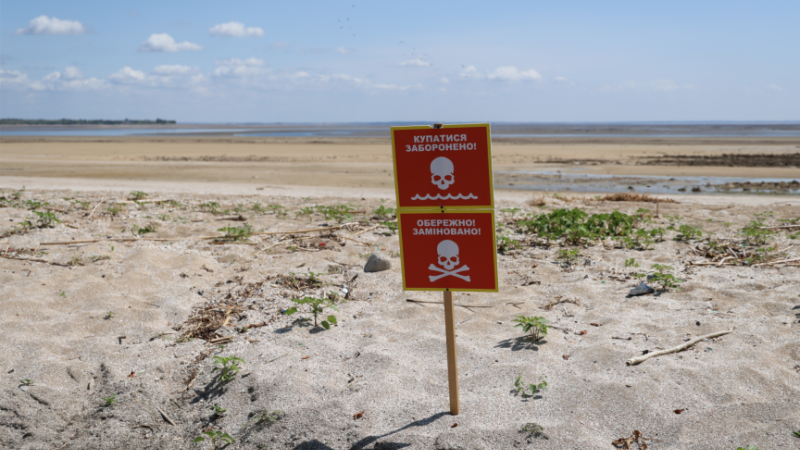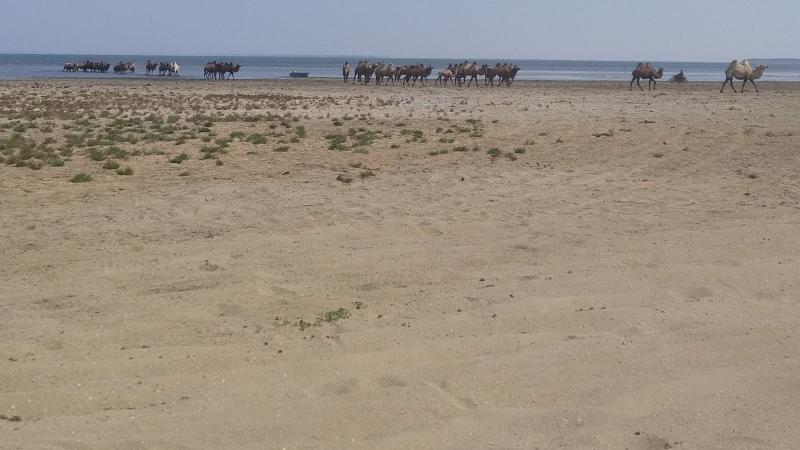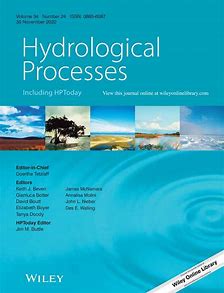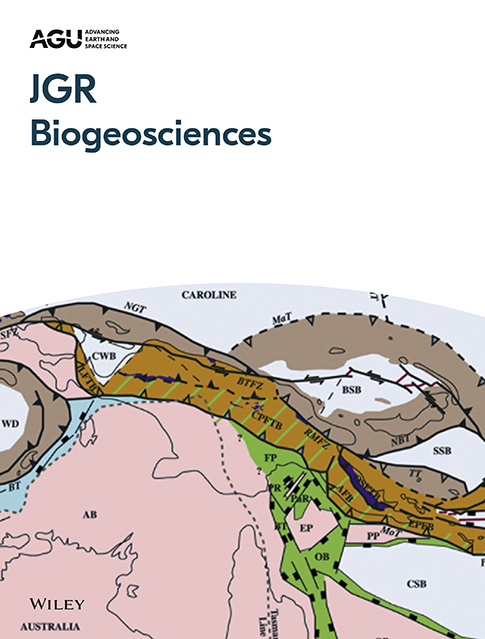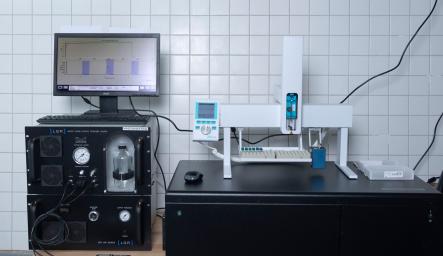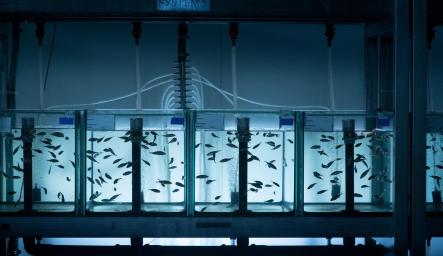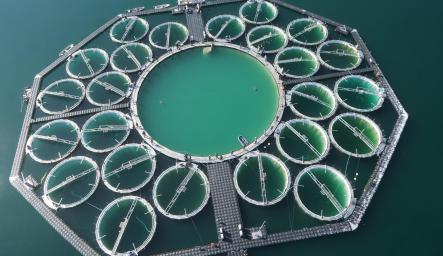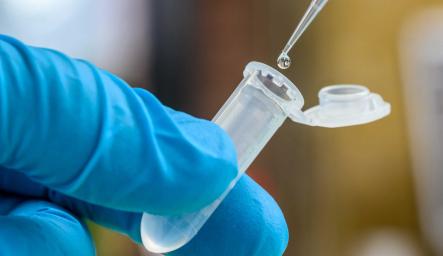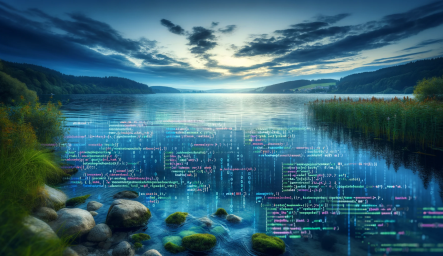News
Events
Monitoring stations
-
Water temperature-
-
Oxygen (rel./abs.)- / -
-
Wind speed-
Last measurement: No data available.
-
Water temperature-
-
Oxygen (rel./abs.)- / -
-
Wind speed-
Last measurement: No data available.
-
Water temperature-
-
Oxygen (rel./abs.)- / -
-
Wind speed-
Last measurement: No data available.


